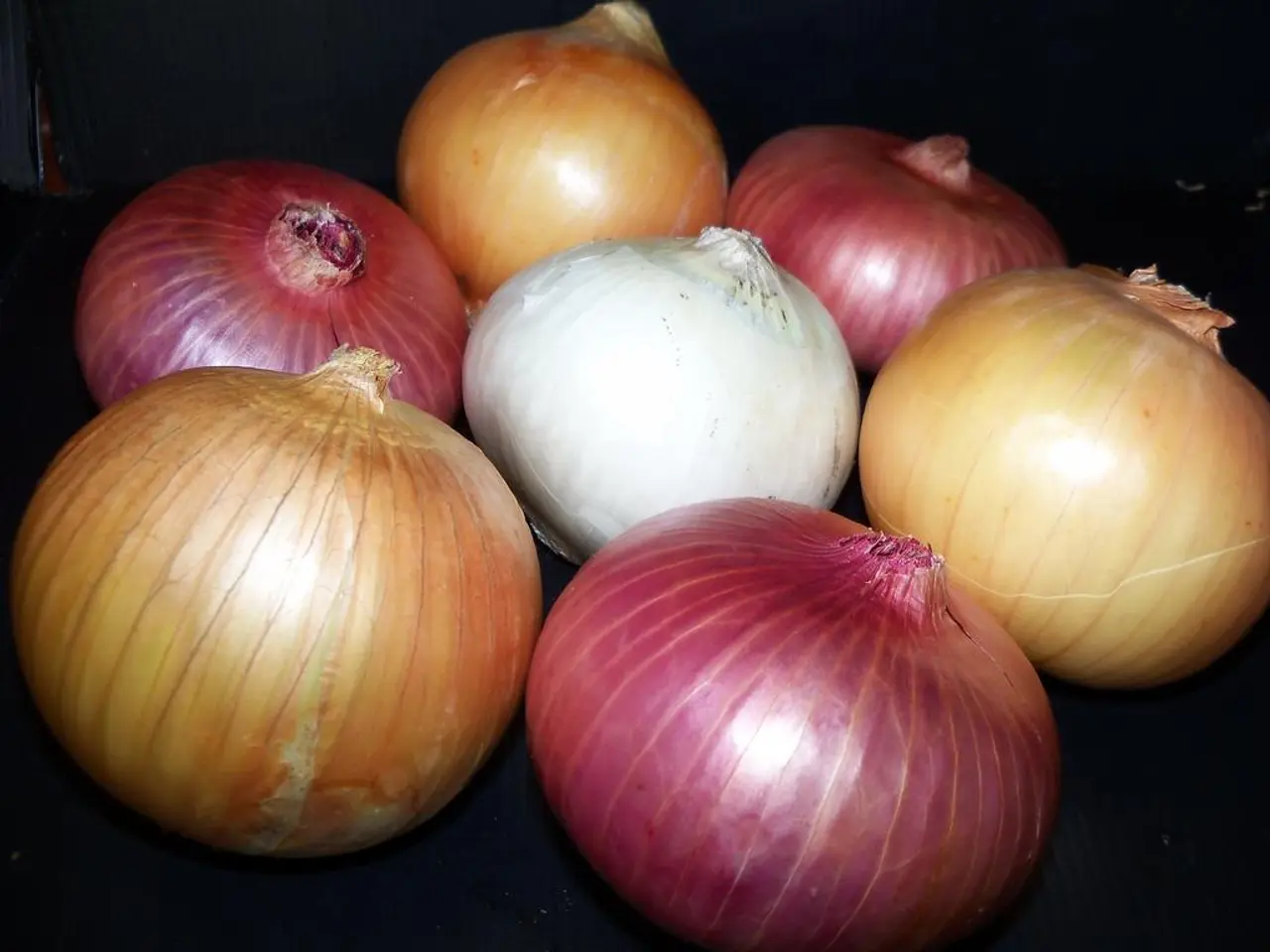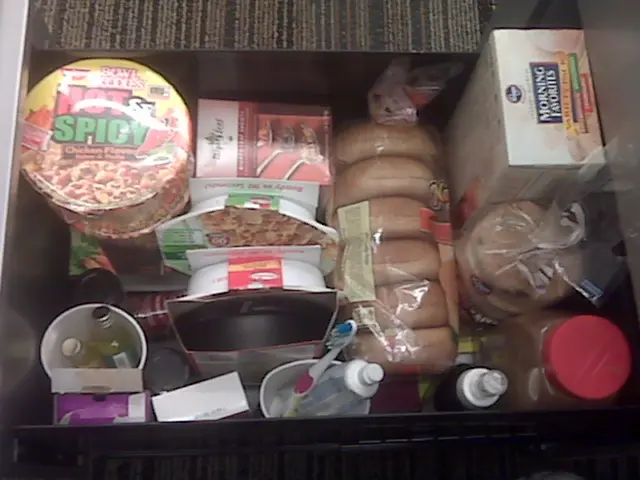LEED Green Associate Flush-Out Process: What Harmful Substances Does It Eliminate?
In the world of sustainable and eco-friendly construction, the LEED (Leadership in Energy and Environmental Design) certification is a highly regarded standard. One crucial aspect of achieving this certification is the focus on maintaining good indoor air quality, and a key process in this regard is the flush out process.
The flush out process, as it pertains to LEED certified buildings, involves running the building's HVAC system with 100% outside air prior to occupancy. This process is carried out to remove volatile organic compounds (VOCs) and other chemical contaminants from the building. These substances are often released from building materials during construction and can cause adverse health effects and degrade indoor air quality.
The flush out process plays a significant role in providing a healthy indoor environment for occupants. By removing potentially harmful VOCs left over from the construction process, the air quality within the building is significantly improved. This is especially important in LEED certified buildings, where the focus on sustainability extends to the indoor environment.
The flush out process is part of the Indoor Environmental Quality category in LEED certification. This category encompasses strategies aimed at enhancing indoor air quality and reducing the potential for occupant exposure to airborne contaminants.
Interestingly, while the flush out process is an integral part of LEED certification, information about the specific substances removed during this process is not readily available. Based on general knowledge, it is understood that the flush out process removes VOCs and other chemical contaminants to improve indoor air quality.
For those interested in learning more about LEED certification and the role of the flush out process, practice questions and answers for the USGBC LEED Green Associate certification exam are available online for free. Passing this exam and earning the USGBC LEED Green Associate certification can be a valuable asset for professionals in the field of sustainable construction.
It's important to note that the flush out process does not target waste, graywater, or blackwater. These aspects are addressed through separate practices such as construction waste management, wastewater reduction, and water efficiency.
In conclusion, the flush out process is a vital component of maintaining good indoor air quality in LEED certified buildings. By removing harmful VOCs and other chemical contaminants, it contributes significantly to the creation of a healthy and sustainable indoor environment. For those interested in the field of sustainable construction, understanding the flush out process and its role in LEED certification is essential.





